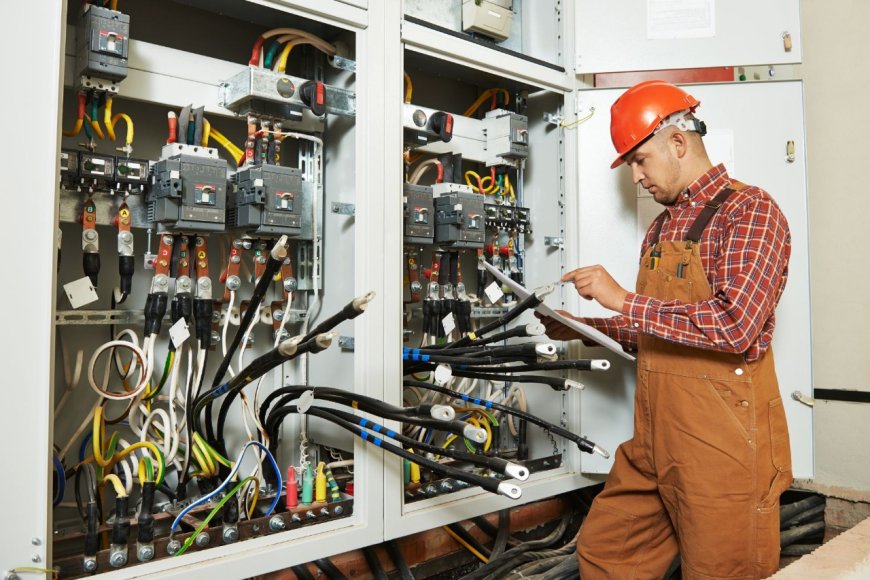Power in Control: Everything You Need to Know About Generator Control Panels
Discover how generator control panels manage and monitor backup power systems. Learn about features, types, and benefits for homes, businesses, and industries.

When the lights go out, your generator steps inbut what keeps your generator working reliably? The answer lies in a small yet powerful device: the Generator Control Panel.
Whether youre managing a generator for your home, business, or industrial facility, this panel is essential for smooth operation, safety, and efficiency. Lets explore how it works, its features, and why it's such a critical part of any power backup system.
??What Is a Generator Control Panel?
A generator control panel is the central control unit for a generator. It monitors the generator's performance, starts or stops it automatically, displays system status, and safeguards it from faults or overloads.
Think of it as the "dashboard" of your generatorgiving you full visibility and control.
??Key Functions of a Generator Control Panel
-
? Automatic Start/Stop
Starts the generator during a power outage and stops it when the grid returns. -
? Real-Time Monitoring
Displays voltage, current, frequency, fuel level, battery status, and more. -
? Alarm & Protection System
Alerts you to low oil pressure, high temperature, overload, or phase failure. -
? Load Management
Helps regulate and balance connected load to avoid generator damage. -
? Remote Monitoring (Optional)
Advanced models allow remote control and diagnostics via mobile or web apps.
?Types of Generator Control Panels
-
Manual Control Panels
-
Simple and budget-friendly
-
Requires human operation for start/stop
-
Best for small generators and basic use
-
-
Automatic Control Panels (AMF Panels)
-
Auto-starts the generator when power fails
-
Switches back to mains automatically
-
Ideal for residential, commercial, and critical infrastructure
-
-
Digital/Microprocessor-Based Panels
-
Advanced monitoring and remote control
-
Used in hospitals, data centers, industries
-
-
Synchronizing Panels
-
Used for running multiple generators together (parallel operation)
-
Useful in large-scale or load-sharing applications
-
?Where Are Generator Control Panels Used?
-
? Homes & Apartments: For hassle-free power backup
-
? Commercial Buildings: Offices, malls, hotels
-
? Industrial Units: Factories, plants, heavy machinery setups
-
? Hospitals: Life-saving systems rely on uninterrupted power
-
? Institutions & Schools: Ensures seamless operation during outages
?Benefits of a Generator Control Panel
-
? Ensures safe generator operation
-
? Minimizes downtime during power cuts
-
? Prevents overloading and overheating
-
? Saves fuel and improves generator lifespan
-
? Offers remote monitoring & automation (in smart panels)
-
? Essential for emergency response systems
?Installation & Maintenance Tips
-
Always consult a certified electrician or engineer for installation.
-
Keep the panel dry, dust-free, and ventilated.
-
Perform regular checks for battery, connections, and display errors.
-
For digital panels, ensure software/firmware is up-to-date.
?Conclusion
A generator control panel is more than just a set of switchesits the command center of your backup power system. Whether youre managing a small residential generator or a large industrial unit, the right control panel ensures safety, reliability, and peace of mind.
When you invest in a generator, dont overlook the panelits what turns raw power into smart power.












































